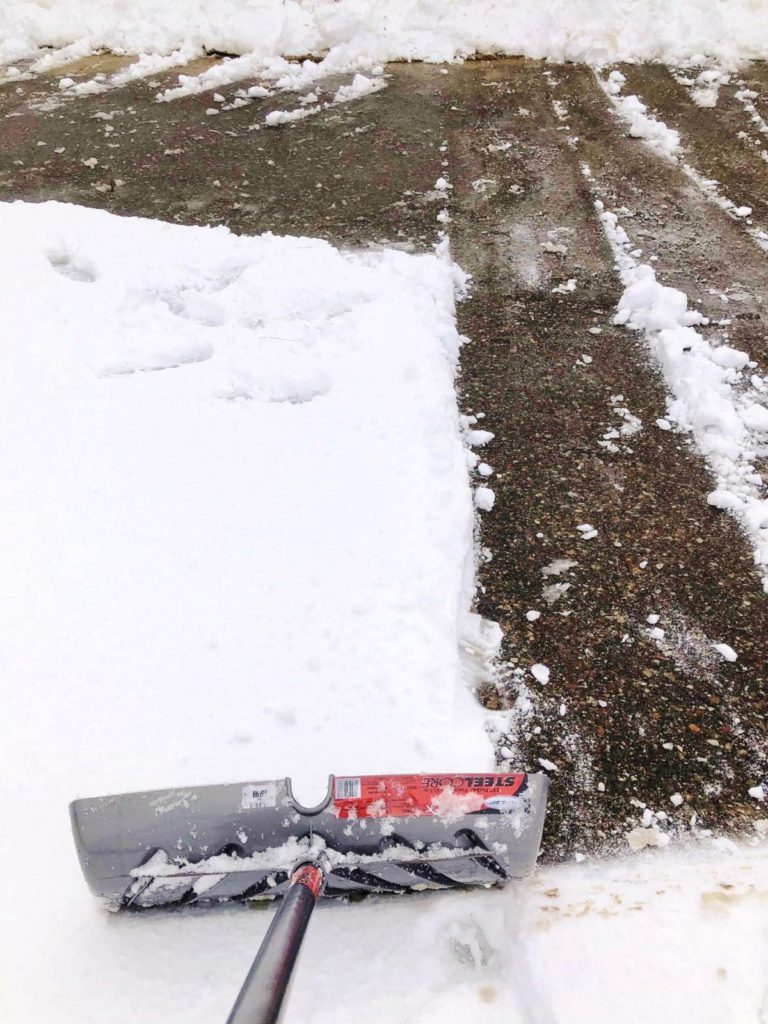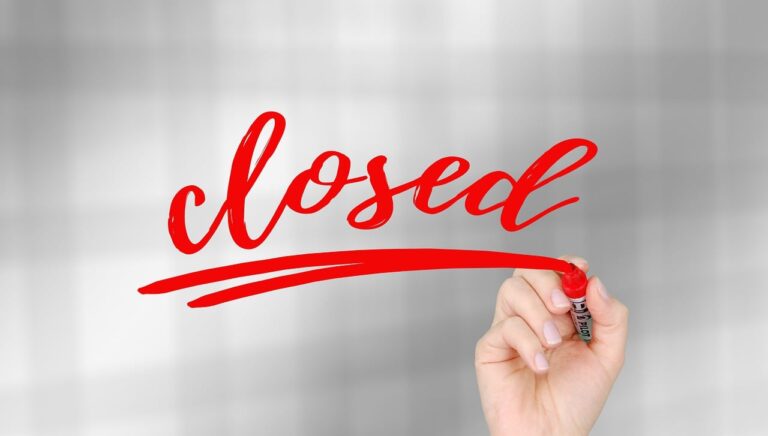Back Home by Chris Hardie
» Download this column as a Word document
» Download photos that accompany this story
» Chris Hardie’s headshot
I’m by nature a go-with-the-flow person, relying more on the seat of my pants than on detailed schedules.
While it drives my wife crazy at times, it’s a trait that has served me well during a long career in the unpredictable world of the news business. It also allows me to adjust my trousers on the fly when dealing with unexpected events on the farm like cows escaping, tractors starting on fire — which involved adjusting the fly on my trousers — or other obstacles.
This long introduction is designed as a partial excuse for me not being ready for the arrival of winter and snow. Earlier this winter, we had a couple of those lovely snow-rain events where the precipitation changes from sleet and ice to rain to snow and back again. The result was a layer of slush; the first storm dropped about 5 inches.
The preferred option for removal was to use my skid steer, but like me, it’s old and unpredictable. The almost-40-year-old implement decided that it just wasn’t going to stay running that morning despite my best attempts at coaxing it.

So, I went to Plan B and uncovered the snowblower, which was in the identical spot where I had pushed it at the end of this past winter. After multiple tugs and the aroma of gasoline from too much choking, it too decided it was not going to start. I had my doubts that it would do much with the heavy slush anyway.
At this point, a slight disagreement broke out between the three principals — me, myself and I. I thought myself should have had the skid steer ready to go, which was affirmed by me too. There’s no one to blame but myself.
We thought about giving up, going inside for some coffee and waiting for the driveway to melt. But then I suggested Plan C. That involved the use of a brand-new piece of equipment that I had purchased the day before in a rare moment of planning — a snow shovel.
Did you know that a cubic foot of water is about 7.5 gallons and weighs about 62 pounds? I didn’t either. I wasn’t shoveling water, but it also wasn’t light-powdery stuff either. Wet snow can weigh as much as 21 pounds a cubic foot. Based on the size of my snow shovel, I was pushing and lifting … who cares about the math. It was darned heavy.
But thanks to the help of my partners — except for me goofing off a bit throwing snowballs — I was able to complete the task of clearing the snow in about two hours. It was a good workout.
But it can also be dangerous. The folks at Harvard Medical School say that about 100 people — mostly men — die during or just after shoveling snow each year.
Research was performed in Canada from 1981 to 2014 on 128,000 hospital admissions to the hospital and more than 68,000 deaths due to heart attacks.
The deeper the snow, the more danger. Snowfalls of more than 8 inches had a 16% increase in hospital admissions and a 34% increase in heart-attack deaths.
The longer the snowfall, the greater the rates for hospital admissions and heart attacks.
Shoveling snow can be heavy exercise, which elevates heart rate and blood pressure.
But here are two points in the study that surprised me. It didn’t ask whether the patients actually shoveled snow. And the study didn’t find a link between snowfall and heart attacks among women.
“This study cannot prove a causal link between snow shoveling and heart attack,” the researchers stated. “In addition, it cannot rule out a link for women as well. The authors suggest the lack of a connection for women observed in this study may have been due to fewer women shoveling snow.”
The study also didn’t indicate whether it asked the patients about their level of stubbornness. I suspect some men figure they will experience elevated heart rate and blood pressure whichever they do — whether they stay inside and face questions about when they are going to remove the snow, or whether they actually go outside and do it.
The study seems rather sexist; I know women shovel snow too. But they are more likely to think of with another plan that’s evidence of why women generally live longer than men. Such as calling a professional with a snowplow.
My cranium can be rather thick at times — yes, I buried the lead here, as journalists say — but I have since managed to start the snowblower and the skid steer is supposedly fixed.
I’m as ready as I’ll ever be.
Chris Hardie spent more than 30 years as a reporter, editor



